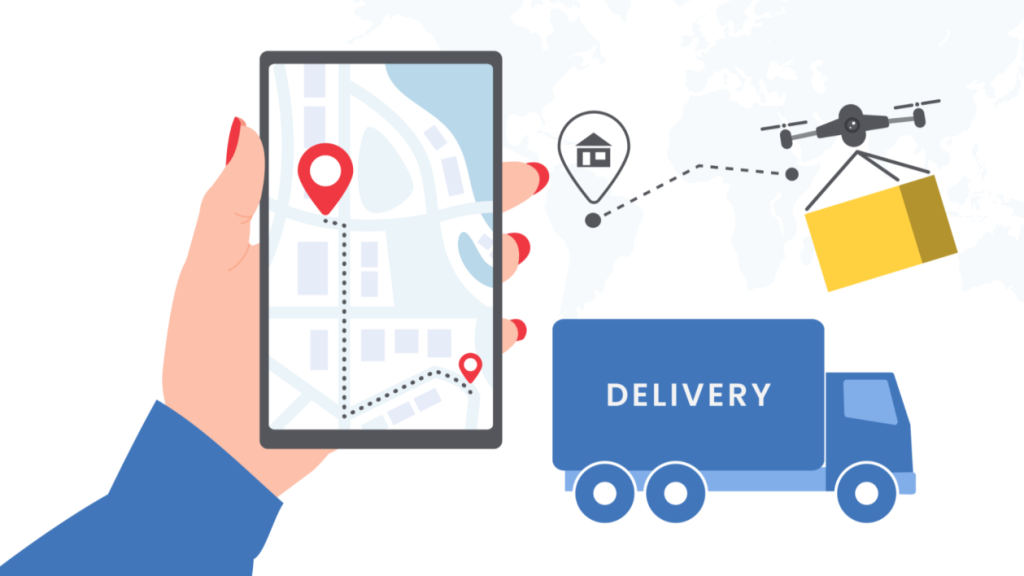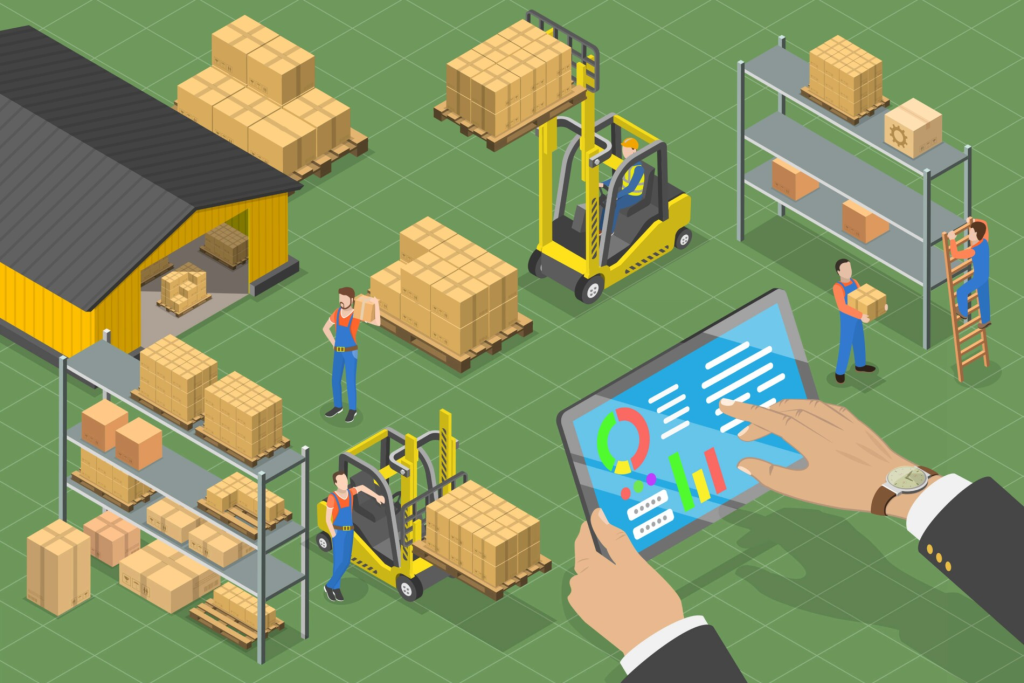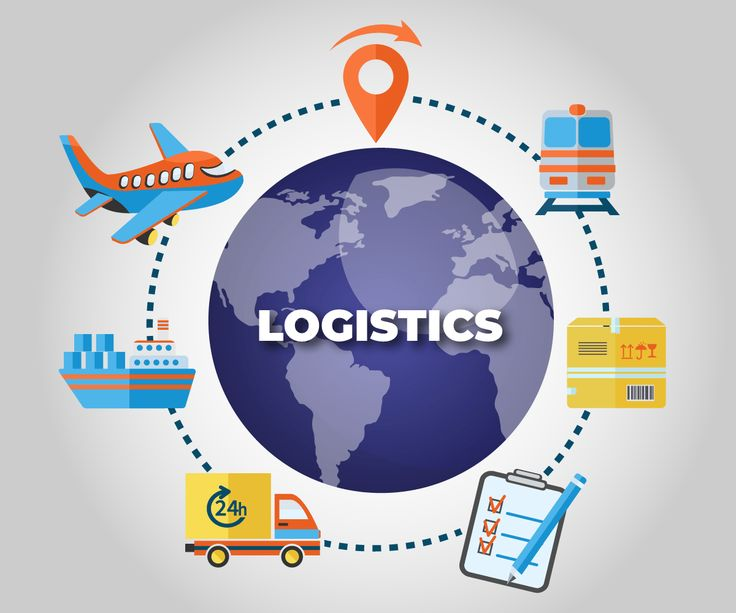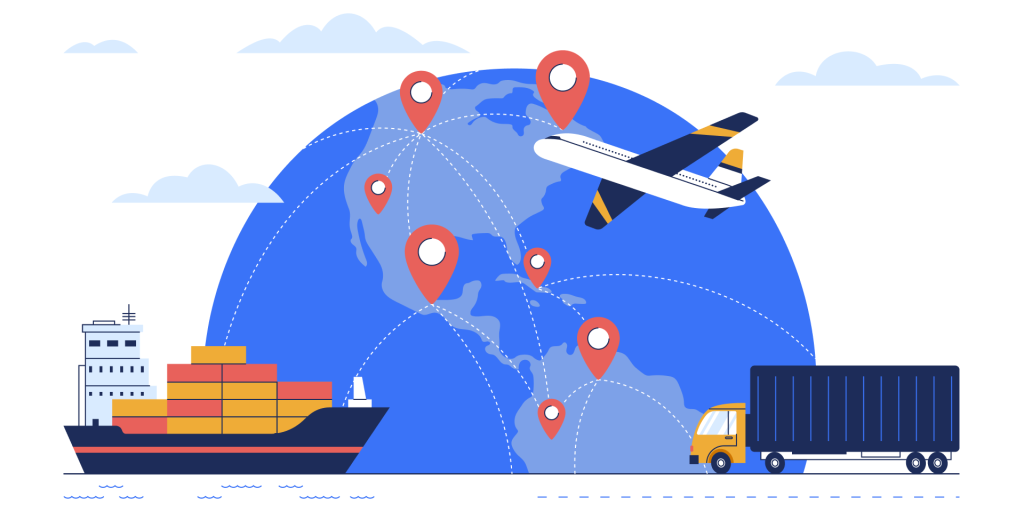Integrating Real-Time Visibility into Your Logistics Strategy
Real-time visibility is redefining logistics, transforming delivery from an operational task into a strategic pillar that drives customer satisfaction and operational excellence. Integrating real-time tracking into your logistics strategy equips your business with the agility and transparency needed to remain competitive.

What Is Real-Time Visibility?
Real-time visibility means monitoring shipments, inventory, and delivery activities as they happen. Unlike static status updates such as “dispatched” or “in transit,” real-time visibility provides live data about shipment locations, estimated arrival times, and potential delays.

For logistics teams, this means proactive transportation, inventory, and customer communications management. For customers, it creates confidence by letting them know exactly when their orders will arrive, reducing anxiety and strengthening brand trust.
Why Real-Time Visibility Matters
Operational Efficiency
Knowing where shipments are at every stage enables logistics teams to manage schedules, warehouse capacity, and inventory flow more effectively. For example, warehouse managers can reassign labor resources to other tasks if an inbound shipment is delayed by several hours, preventing wasted downtime.

Customer Transparency and Confidence
Customers expect to track their orders easily. Providing live updates reassures them that their purchase is being handled professionally. Reduced uncertainty leads to fewer “Where is my order?” inquiries, which saves customer service time and improves satisfaction ratings.
Proactive Problem Management
Real-time visibility empowers logistics managers to identify and resolve issues as they arise. If a delivery truck is stuck in traffic, dispatchers can reroute it or notify customers with updated arrival times before frustration builds.
Data-Driven Decision Making
Access to live tracking data and historical delivery performance enables brands to identify bottlenecks, optimize routes, and choose the most reliable carriers. Over time, these insights reduce shipping costs, improve delivery speeds, and enhance operational resilience.

Stronger Collaboration with Partners
Sharing live data with carriers, couriers, and fulfillment centers improves accountability and collaboration. Partners can align their operations with your expectations, creating seamless logistics processes that benefit customers.
How to Integrate Real-Time Visibility into Your Logistics Strategy
Assess Current Logistics Systems
Begin by evaluating your existing processes. Identify gaps where data is delayed, incomplete, or siloed between departments. For instance, if your last-mile tracking isn’t integrated with your order management system, customers might receive outdated information, leading to unnecessary inquiries.

Select the Right Technology Platform
Implementing real-time visibility requires technology that consolidates tracking data across carriers and processes. Logistics platforms like PostalParcel connect merchant order systems with carriers and couriers, centralizing live tracking into one dashboard. This integration streamlines communication between teams and ensures customers receive accurate updates.
Integrate Carrier APIs for Live Tracking
Choose carriers that offer API-based tracking so your platform can receive live shipment data automatically. This integration enables real-time updates without manual data entry and ensures customers have access to accurate status information.

Automate Customer Notifications
Real-time data only improves customer experience if customers see it. Automating SMS, email, or in-app notifications for order milestones such as dispatch, out for delivery, or delays enhances communication and builds confidence in your brand.
Train Teams to Use Live Data Effectively
Visibility tools provide the most value when teams know how to use them for decision-making. Train warehouse managers, dispatchers, and customer service representatives to interpret live data, identify potential disruptions, and act proactively to maintain service standards.
Define KPIs to Measure Success
Integrating real-time visibility should align with clear performance goals. Define KPIs such as improved on-time delivery rates, fewer customer inquiries, and reduced delivery exceptions to measure the effectiveness of your integration.

Example: Optimizing Fulfillment Operations
A mid-sized e-commerce retailer previously relied on manual checks of each carrier’s tracking portal, delaying customer communication. After implementing an integrated logistics platform that consolidated live tracking data into one interface, customer support queries about delivery status dropped by 35%. The operations team could also identify delays earlier, notify customers proactively, and reassign warehouse labor based on accurate ETAs, simultaneously enhancing efficiency and customer satisfaction.
Real-Time Visibility in Cross-Border Logistics
International shipping often involves customs clearance, multiple carriers, and last-mile handovers, each posing unique challenges. Integrating real-time visibility into cross-border logistics allows businesses to provide customers with live updates from export clearance to final delivery. Platforms that consolidate global tracking data simplify this complexity, enabling enterprises to manage international shipments confidently and reassure customers throughout the journey.

Key Tips for Successful Integration
- Evaluate current logistics systems for data delays and silos
- Choose a platform that consolidates carrier and courier tracking data
- Integrate carrier APIs to automate live updates efficiently
- Automate customer notifications for clear and timely communication
- Train staff to use real-time data to inform daily decisions
- Set measurable KPIs to track improvements and ROI
Final Thoughts
Real-time visibility transforms logistics into a competitive advantage by improving operational efficiency, enabling proactive issue resolution, and building customer loyalty through transparency. Integrating live tracking into your logistics strategy positions your brand as dependable and customer-focused. Centralized logistics platforms simplify this integration, giving businesses confidence and agility. Brands prioritizing visibility can better meet customer expectations, reduce inefficiencies, and build a strong foundation for long-term growth.
Industry Insights
news via inbox
Nulla turp dis cursus. Integer liberos euismod pretium faucibua







